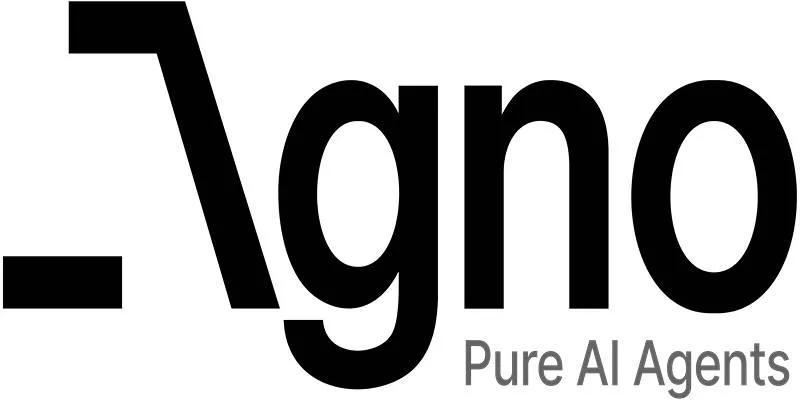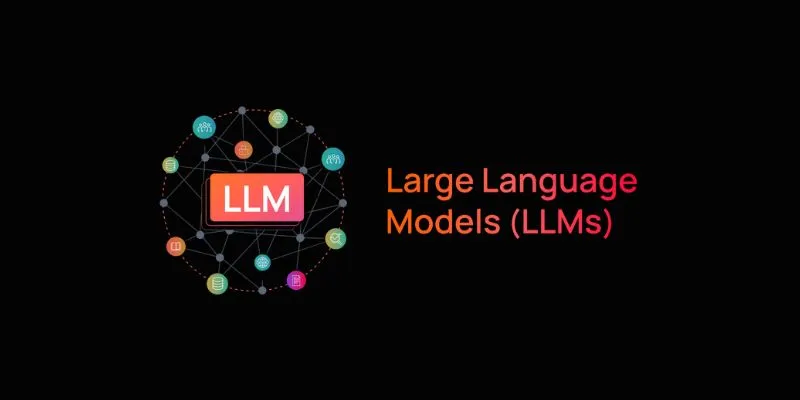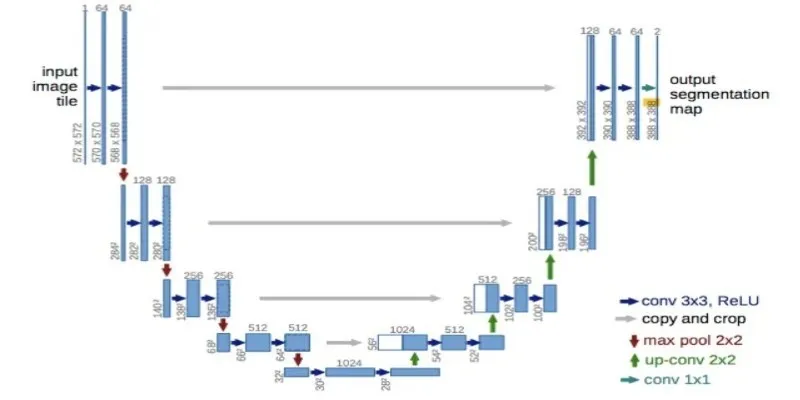When it comes to machine learning models, the right tools can revolutionize your workflow. Hugging Face, a leading library for natural language processing, simplifies AI workflows with its thousands of pre-trained models. However, the powerhouse combination of Hugging Face and a robust development environment like PyCharm takes simplicity to a new level.
Not just a code editor, PyCharm is a comprehensive IDE that simplifies environment management, model running, and debugging. The integration of Hugging Face and PyCharm empowers developers to stay organized, save valuable time, and bypass the common roadblocks in machine learning workflows.
Setting Up the Environment in PyCharm
Before you begin coding, it’s essential to set up your environment correctly. PyCharm supports virtual environments and project-specific interpreters, ideal for working with Hugging Face, especially the transformers library. To avoid version conflicts, common with multiple deep-learning libraries, install everything within a clean environment.
After setting up the environment, install the Hugging Face transformers and datasets libraries. PyCharm simplifies this process with terminal access for direct installations using commands like pip install transformers datasets. PyCharm’s code suggestions based on installed packages streamline the development experience.
The IDE also supports Jupyter notebooks, providing the structure and tools of an IDE with the comfortable familiarity of working in cells. This feature is especially useful for quick testing and debugging.
Coding with Transformers Made Simple

Writing code for Hugging Face models in PyCharm offers several subtle advantages. PyCharm’s autocomplete feature, coupled with proper indexing, comprehends Hugging Face’s structure effectively. For instance, while fine-tuning a bert-base-uncased model for a classification task, PyCharm suggests class methods, highlights deprecated functions, and shows tooltips with brief documentation, keeping the workflow clean.
PyCharm also excels in error tracking. If you accidentally mismatch tensor shapes or forget to set the attention mask, the IDE throws visual warnings. These inline error checks save hours of frustration by catching mistakes early, especially while working with tokenizers, attention layers, or custom datasets.
With its integrated Git support, PyCharm simplifies version control. Keeping track of changes to your data scripts, training loops, or configuration files is seamless when you can commit directly from your editor.
Working with Datasets and Evaluation
Hugging Face provides more than pre-trained models—it also offers a powerful datasets library. This enables you to load, process, and use large public datasets with just a few lines of code. PyCharm enhances this benefit, helping with understanding dataset structures, viewing sample outputs, and organizing preprocessing steps.
When using a dataset like IMDb or AG News for text classification, PyCharm helps write efficient preprocessing functions. You can view outputs immediately, debug transformations, and re-run small sections of your code. These tools eliminate most trial-and-error situations.
Once the dataset is ready, you can begin training. Hugging Face models are typically trained using the Trainer class. PyCharm’s structured view simplifies working with the config parameters and efficient memory and GPU use management.
After training, PyCharm supports seamless model evaluation. Load test datasets, run predictions, and write evaluation scripts all within the same workspace. This makes it easier to identify weak spots in your model—whether it’s poor accuracy in certain classes or overfitting on the training set.
Keeping Projects Manageable and Scalable

Hugging Face projects can scale rapidly. PyCharm helps keep things organized with features like the project pane, which lets you group scripts, separate models and datasets, and keep your directory clear. If you’re contributing to Hugging Face’s open-source repos, PyCharm supports code formatting, linting, and style checks for consistent and clean code.
With task-specific run configurations for preprocessing, training, and evaluation, your project remains modular as it grows. Version control, file comparison, and branch management are built-in, allowing you to sync models to the Hugging Face Hub or test others’ models without leaving the IDE.
Conclusion
Hugging Face and PyCharm together provide a robust platform for building and managing machine learning projects. The integration helps reduce errors, streamline training, and manage larger projects efficiently. Developers can focus more on creating models and less on troubleshooting. If you’re working with NLP or transformers, this setup provides a reliable and efficient way to develop smarter AI applications.
 zfn9
zfn9






















